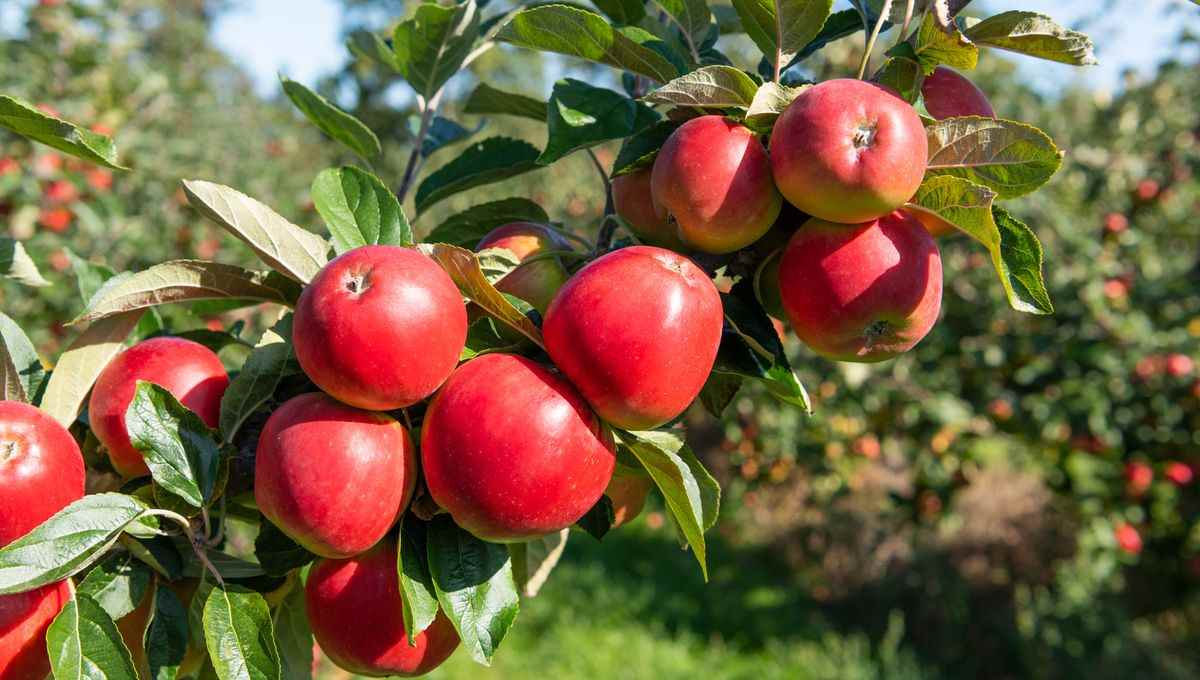What is the problem ?
When there have been exceptional conditions for flowering, there are too many young fruits and there is also the risk of not seeing them reach maturity because the tree may not have the water resources and in nutrients to bring them all to a happy end. It is then necessary to ‘thin out’ especially for the trees with pips, apple trees, pear trees, nashi, quince trees, European loquats, service trees.
In principle, during the pruning operation, the arborist will make an initial estimate of the possible flowers, keeping a margin of safety in the event of poor fruit set.
What is thinning?
It is an operation which consists of removing excess fruit. It requires a certain mastery of the technique, because you have to remove just what is necessary.
How to practice?
Technical explanation:
• Physiological thinning, which the tree does itself. They are normally two in number. Immediately after flowering there is a first cleaning with the natural fall of embryos that have not been correctly fertilized.
Then, in May-June, the fruit tree “realizes” if it cannot carry out the ripening of all these fruits. It should be noted that for the tree, it is not a question of making large fruits but of allowing a maximum of seeds to reach maturity to ensure its descendants. This does not necessarily suit the arborist who seeks to obtain a compromise between a large quantity of fruit and a large size. So he will have to intervene.
– Michael Blau Eye Em
• Chemical thinning. Restricted to professionals because you have to use very simple plant hormones. 6-BA, which is a natural plant hormone sometimes combined with another well-known plant hormone, gibberellin, are biocontrol products.
• Manual thinning. The first operation consists in shaking the branches in order to make fall the fruits whose food the tree has already removed.
Then, it suffices to “pick” the small excess fruits according to the leaf volume of the tree. This work is done either by hand or with a small shears of the harvesting type. (there’s a hand to take)
Why depending on the number of sheets?
Because it is the work of the leaves (photosynthesis among others) that will make it possible to grow and load the fruit with sugar, flavors and vitamins. We know for example that to make a good apple ‘Golden‘ it takes 15 to 20 leaves whereas for the variety ‘jonagold‘need 5 more.
It is at this point that the professionalism of the arborist takes on its full meaning.
Ask all your questions during the gardening program on Sunday morning on France bleu Isère from 9 a.m. to 10 a.m. by calling 04 76 46 45 45.
